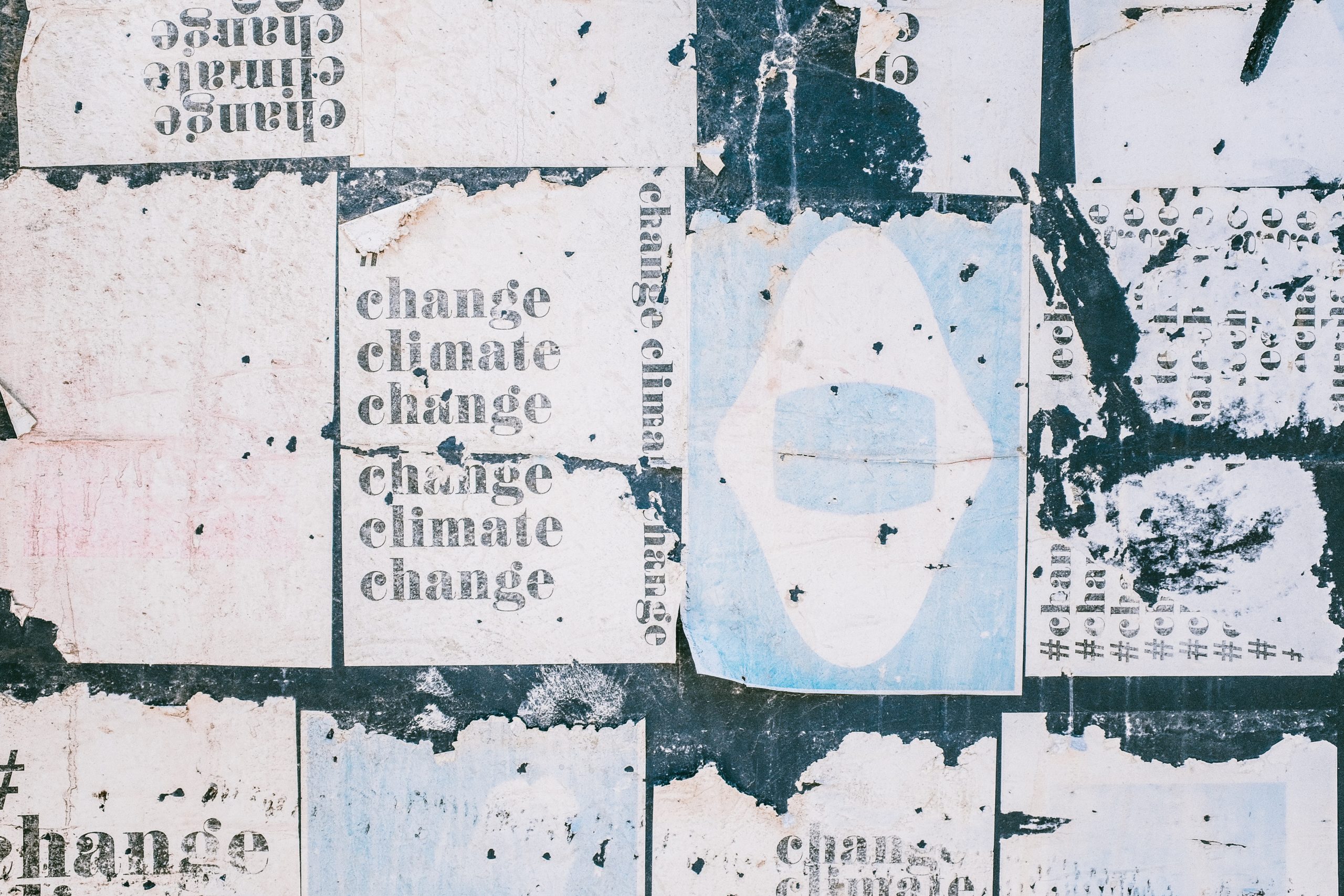In 2020, the world came to a pause with the rise of COVID-19. With lockdowns and quarantine mandates surrounding a majority of nations around the globe, businesses went bankrupt, people lost jobs and the economy tumbled downwards.
Among all of the chaos, one piece of good news TV channels broadcasted was the massive reduction in carbon emissions. This further prompted positive changes to the global climate such as repairing the ozone layer and bringing back native animals to their oceanic homes.
However, as the world slowly recovered from COVID-19, climate change organizations are concerned that the emissions will not only return to normal but increase drastically after over a year of staying stagnant. While countries are setting goals to reduce carbon emissions and try to adopt more biodegradable forms of fuel, climate change activists like Greta Thunberg are skeptical of politicians keeping their word.
Instead, activists and non-governmental organizations (NGOs) are urging people to take a stance and join the fight against climate change.
WHY SHOULD I CARE ABOUT CLIMATE CHANGE?
According to a 2019 Pew Research data report, around 38% of American adults said they do not believe climate change impacts their lives. Yale University’s Climate Change Communication reports that near 46% of all Americans who responded to their survey do not believe in Global Warming.
Both studies highlight that these numbers can be split up by political affiliation, race and age. But they also stated that most of the people who do not believe in climate change do not understand the fundamentals of climate change and global warming.
A simplified explanation from NASA defines climate change as the rise and fall of Earth’s overall temperature. Global warming, which is the constant rise in the world temperature, is a feature of climate change. Carbon dioxide emissions, which come from burning fossil fuels such as coal, oil, gas and wood, is the leading cause for global warming, according to National Geographic.
Specifically in the United States, climate change impacts each region differently. In the East, climate change brings extreme heat waves and a rise in sea levels which puts sea life and agriculture at risk. In the Northwest, a rise in sea levels harms aquatic agriculture and the spread of wildfires puts many communities at risk. In the midwest, climate change brings extreme heat and flooding from the Great Lakes, harming people directly and affecting businesses. In the Southwest, including Texas, climate change causes droughts, floods, hurricanes, insect outbreaks and declining water supplies.
While the consequences may seem endless, global warming is reversible if people work together to make more sustainable living decisions.
HOW TO STOP GLOBAL WARMING FROM YOUR OWN BACKYARD
The National Resources Defence Council (NRDC) provides options on how to reduce your carbon footprint.
One way they say to stop global warming is to speak to elected officials and local representatives. Holding local governments accountable for the pollution and toxic waste created by big businesses. Voicing concerns and engaging the community brings the most efficient change.
Another conscious choice people can make is to rethink travel modes. Air travel is reported to be one of the biggest air pollutants. In the past year, with airports shut down or at minimum capacity, air pollution was at an all time low.
Some simple remedies to control carbon emissions are to buy more LED lights, unplug devices not being used, keep tires inflated at all times and decrease food waste.
All of the small modifications can help decrease an individual’s carbon footprint drastically.
But there are more ways to help the environment. The primary way is to get involved locally.
LOCAL AUSTIN CLIMATE CHANGE ORGANIZATIONS
In Austin, climate change activists and concerned citizens have started forming a plethora of organizations to conserve the natural world.
Sierra Club, which formed in 1968, focuses on fighting global warming and protecting local wildlife. The organization of over 5,000 volunteers participates in conservation hikes, community outreach and endorses climate conscious politicians.
Austin’s Nature Conservancy chapter has worked since 1964 to conserve nearly one million acres of land and more than 200 miles of rivers and streams. The group offers volunteering projects as well as membership and donation opportunities.
The Texas League of Conservation Voters endorses climate conscious politicians and helps them get elected to represent the state. In addition, their website offers tips on how to stay environmentally aware and make climate-friendly decisions.
Ocean Conservancy focuses on keeping bodies of water inhabitable for animals. They protect the oceanic ecosystem through various clean-up projects and fundraisers.
Clean Water Action was based in Washington DC in 1972 after the release of the Clean Water Act. The organization has grown since then and the Texas chapter is one of the largest in the nation. Not only does it focus on community outreach and volunteering but it also holds members of congress accountable for their climate-based choices.
Last, a non-profit organization called Environmental Stewardship advocates specifically for the Texas Colorado River, protecting its wildlife, community and surrounding ecosystems.
